Shellfish (oysters, clams, mussels) pose the greatest risk to be contaminated because they are filter feeders and become contaminated when their waters are polluted with raw sewage and bacteria.
Oysters can be contaminated with a variety of foodborne pathogens such as E. coli, norovirus, and Vibrio vulnificus and can put you at risk for infections.
The FDA urges consumers to eat only fully cooked oysters – i.e., boiling them for for 3 to 5 minutes or steaming for 4 to 9 minutes.
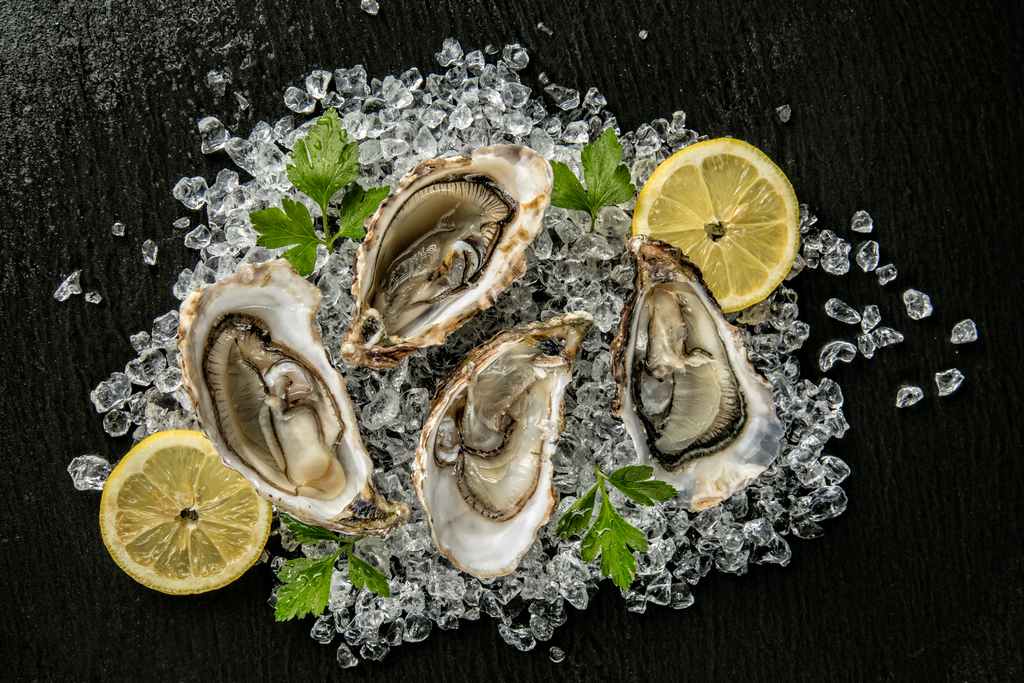


What is norovirus?
Norovirus is a highly contagious virus that can cause viral gastroenteritis, often called “food poisoning” or the “stomach flu.” Eating raw or partially cooked shellfish can cause norovirus infection.
- Learn about proper hygiene, cross contamination, cold and hot food safety, foodborne pathogens, and best practices to prevent foodborne illness.
- Food Manager Training & ANSI Certification - $99.00
- Food Handler Training - only $7.00!
- HACCP Training: 16hr/4hr/1hr
- Food Allergy Training - $15.00
- Enter Promo "train10off" at Checkout
How do shellfish become contaminated with norovirus?
Norovirus makes its way into the marine environment through untreated human sewage (poop) and vomit. This may come from leaky septic systems, faulty waste water treatment plants, boaters, or beach-goers. Shellfish are filter feeders, which means they filter seawater through their bodies to get food floating in the water. When norovirus particles are in the water, shellfish can accumulate the virus in their bodies.
What is Vibrio and Vibriosis?
One of the infections you might get from eating raw oysters is caused by some types of Vibrio, bacteria that occur naturally in coastal waters where oysters live. This bacteria can become concentrated in an oyster’s body because oysters function like a filter: they eat by constantly drawing in water, and materials in the water—including harmful bacteria—are retained within the oyster’s body. When someone eats raw or undercooked oysters that contain bacteria or exposes a wound to seawater that contains Vibrio, he or she can get an illness called vibriosis.
Vibriosis causes about 80,000 illnesses and 100 deaths in the United States every year. Most of these illnesses happen from May through October when water temperatures are warmer. However, you can get sick from eating raw or undercooked oysters during any month of the year, and raw oysters from typically colder waters also can cause vibriosis.
Some people can even get infected through an open wound when swimming or wading in brackish or salt water.
What are the symptoms of vibriosis?
Most Vibrio infections from oysters, such as Vibrio parahaemolyticus infection, result in only diarrhea and vomiting.
However, people with a Vibrio vulnificus infection can get very sick. This is because the infection can result in bloodstream infections, severe blistering skin lesions, and limb amputations. If you develop symptoms of vibriosis, tell your medical provider if you recently ate or handled raw shellfish.
div style=”clear: both; margin-bottom: 20px;”>
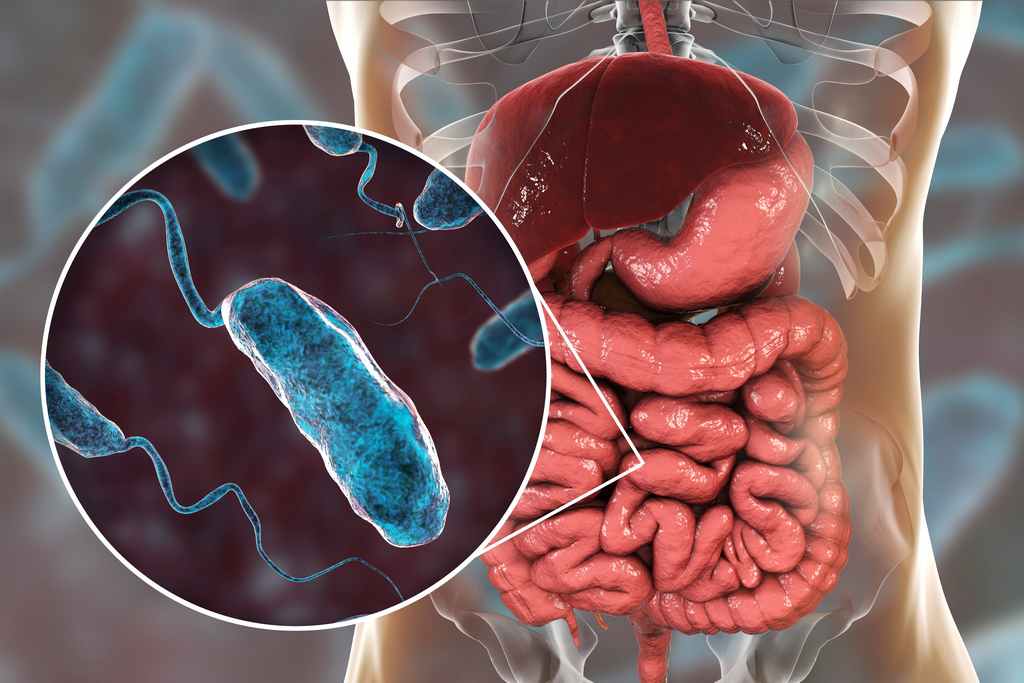


Food Safety Tips for Oysters
Follow these tips to reduce your chances of getting an infection when eating or handling shellfish and other seafood:
- Don’t eat raw or undercooked oysters or other shellfish. Fully cook them before eating, and only order fully cooked oysters at restaurants. Hot sauce and lemon juice don’t kill Vibrio bacteria and neither does alcohol.
- Some oysters are treated for safety after they are harvested. This treatment can reduce levels of vibrios in the oyster but it does not remove all harmful germs. People who are more likely to get vibriosis should not eat any raw oysters.
- Separate cooked seafood from raw seafood and its juices to avoid cross contamination.
- Wash your hands with soap and water after handing raw seafood.
- Cover any wounds if they could come into contact with raw seafood or raw seafood juices or with brackish or salt water.
- Wash open wounds and cuts thoroughly with soap and water if they have been exposed to seawater or raw seafood or its juices.
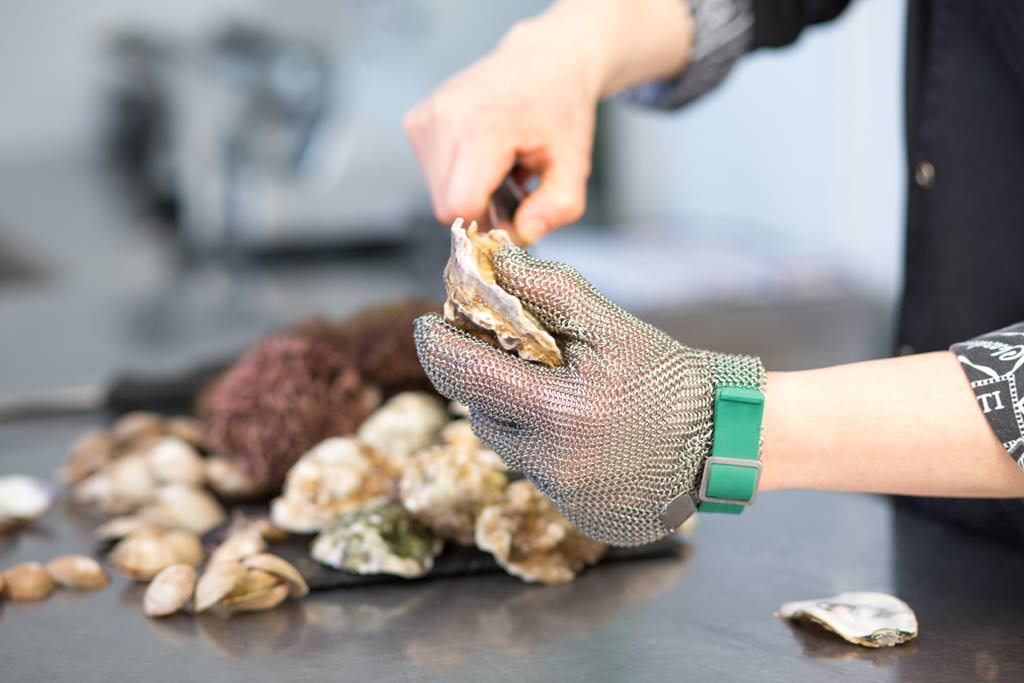


Oyster Storage/Preparation & Selection Tips:
- Avoid and discard cracked or broken shelled oysters.
- Live oysters will close up when their shell is tapped — if they don’t close, avoid selecting that particular oyster.
- Keep them at or below 41℉ before cooking or during cold serving — place oysters on ice if serving to a large group.
- Do not leave oysters out of 41℉ for more than 2 hours — the chances of food borne pathogens reproducing is increased while out of appropriate holding temperature.
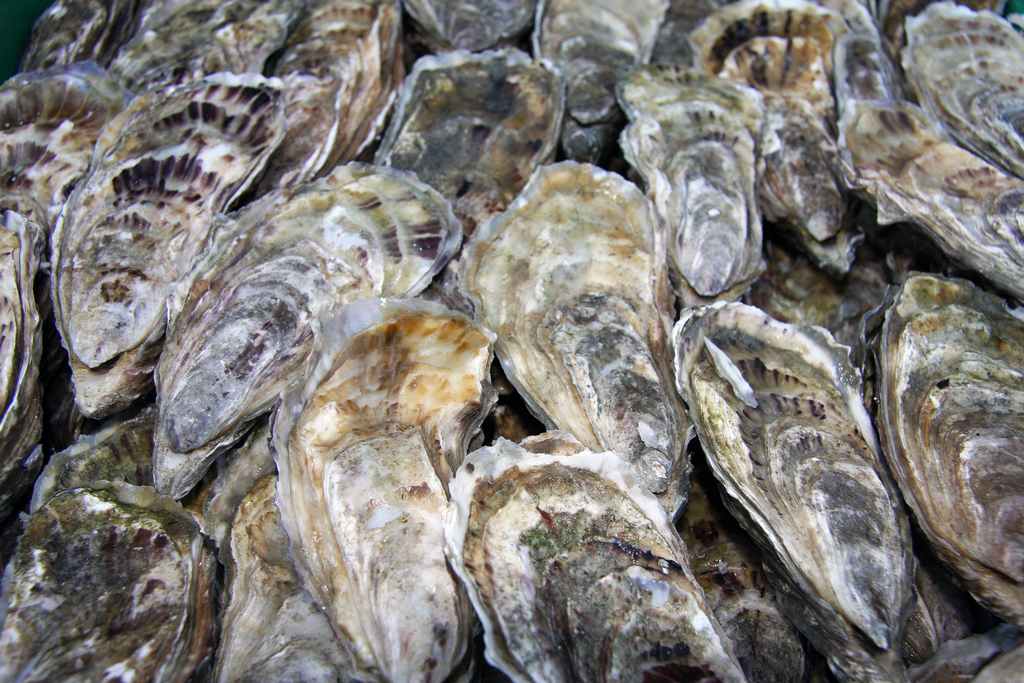


Tips for Cooking Oysters & Other Shellfish
Before cooking, throw out any shellfish with open shells.
For oysters in the shell, either:
- Boil until the shells open and continue boiling 3–5 more minutes, or
- Steam until the shells open and continue steaming for 4–9 more minutes.
Only eat shellfish that open during cooking. Throw out shellfish that do not open fully after cooking.
For shucked oysters, either:
- Boil for at least 3 minutes or until edges curl,
- Fry for at least 3 minutes at 375°F,
- Broil 3 inches from heat for 3 minutes, or
- Bake at 450° F for 10 minutes.
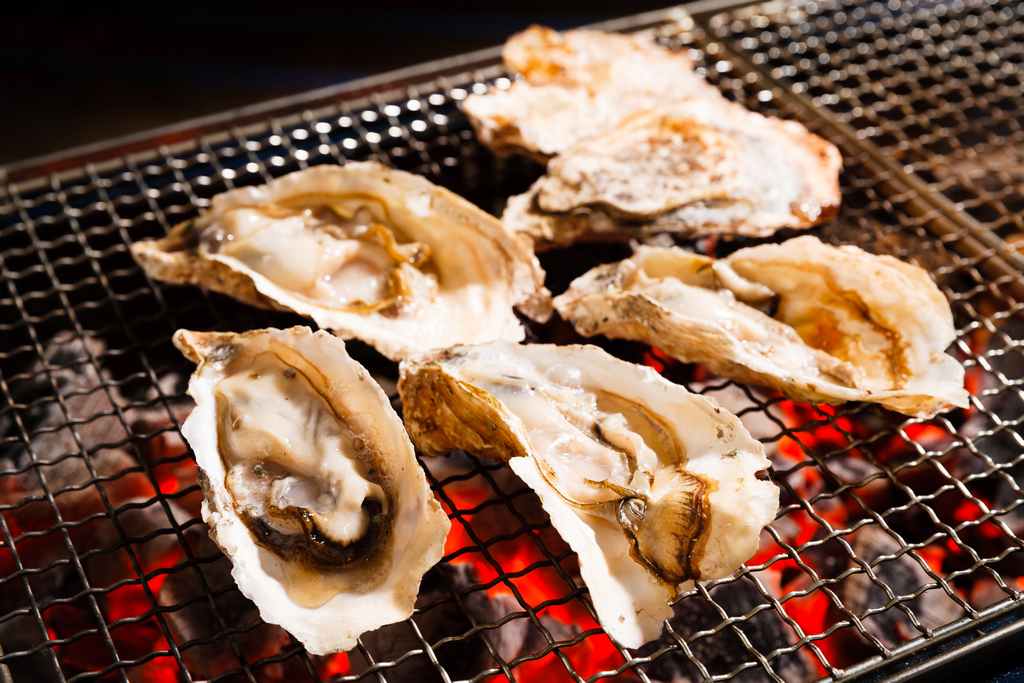


Other Diseases
Oysters are subject to other various diseases which can reduce harvests and severely deplete local populations. Disease control focuses on containing infections and breeding resistant strains, and is the subject of much ongoing research.
- “Dermo” is caused by a protozoan parasite (Perkinsus marinus). It is a prevalent pathogen, causes massive mortality, and poses a significant economic threat to the oyster industry. The disease is not a direct threat to humans consuming infected oysters. Dermo first appeared in the Gulf of Mexico in the 1950s, and until 1978 was believed to be caused by a fungus. While it is most serious in warmer waters, it has gradually spread up the east coast of the United States.
- Multinucleated sphere X (MSX) is caused by the protozoan Haplosporidium nelsoni, generally seen as a multinucleated Plasmodium. It is infectious and causes heavy mortality in the eastern oyster; survivors, however, develop resistance and can help propagate resistant populations. MSX is associated with high salinity and water temperatures. MSX was first noted in Delaware Bay in 1957, and is now found all up and down the East Coast of the United States. Evidence suggests it was brought to the US when Crassostrea gigas, a Japanese oyster variety, was introduced to Delaware Bay.
More information
- Take a look at CDC’s questions and answers about Vibrio and vibriosis
- Listen to CDC podcast on the dangers of eating raw oysters
- Be food safe – learn how you can protect yourself from food poisoning
- Read more guidance on FoodSafety.gov for preventing Vibrio infections
- Learn more about aquaculture: http://www.fisheries.noaa.gov/aquaculture/index.htm
- Learn more about Pacific and Eastern oysters from FishWatch: http://www.fishwatch.gov/profiles/search/oyster






